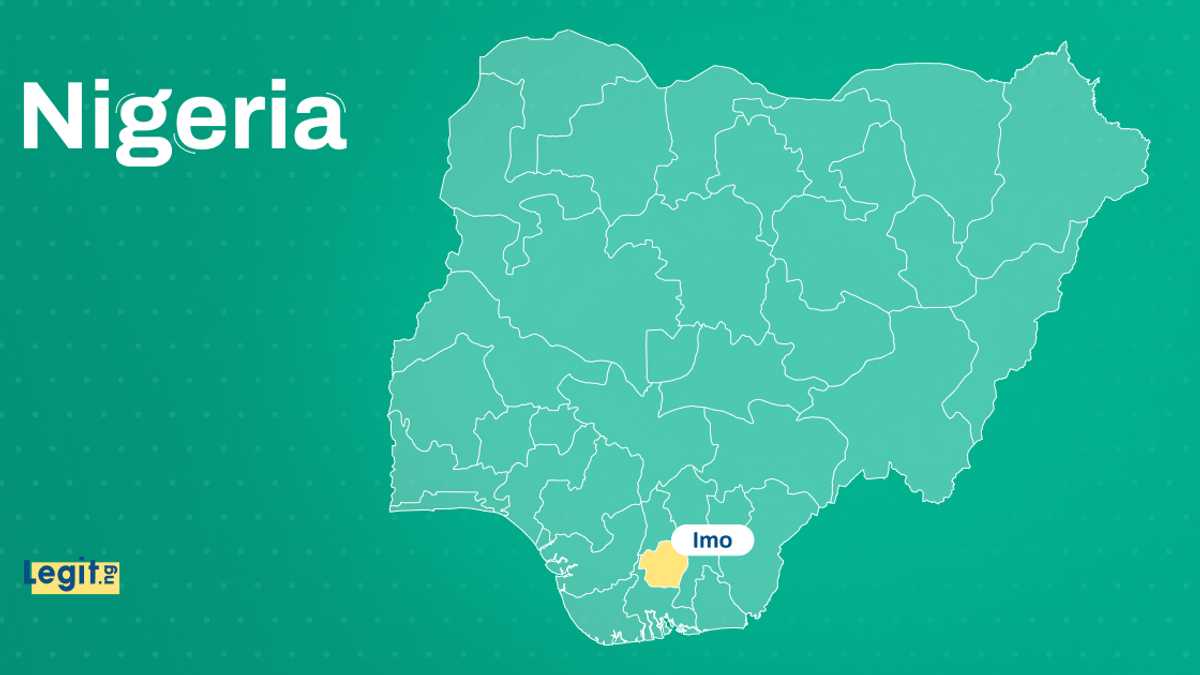Will the iPhone 17 Air beat the Galaxy S25 Edge?
The
Galaxy S25 Edge is officially out (check out our
Galaxy S25 Edge review) after months of leaks and rumors. Samsung's take on the thin flagship idea comes with its shortcomings but might also be a harbinger of what's to come in the industry.
Now, there's a kind of déjà vu feeling when I sit and construct this piece of writing about the upcoming
iPhone 17 Air. Samsung and Apple have been intertwined for so long in this dichotomy, especially in the US, that they almost feel like two versions of the same thing.
And that's how the iPhone 17 Air feels compared to the Galaxy S25 Edge. We can argue egg-before-chicken all we want, but there are more pressing, pragmatic matters to be addressed. Well, besides the grand question, do we really need a few millimeters thinner flagships that cost hundreds more.
Who’s this phone for? What is it aiming to actually do? Will people buy it? Let’s try and answer all of those questions.
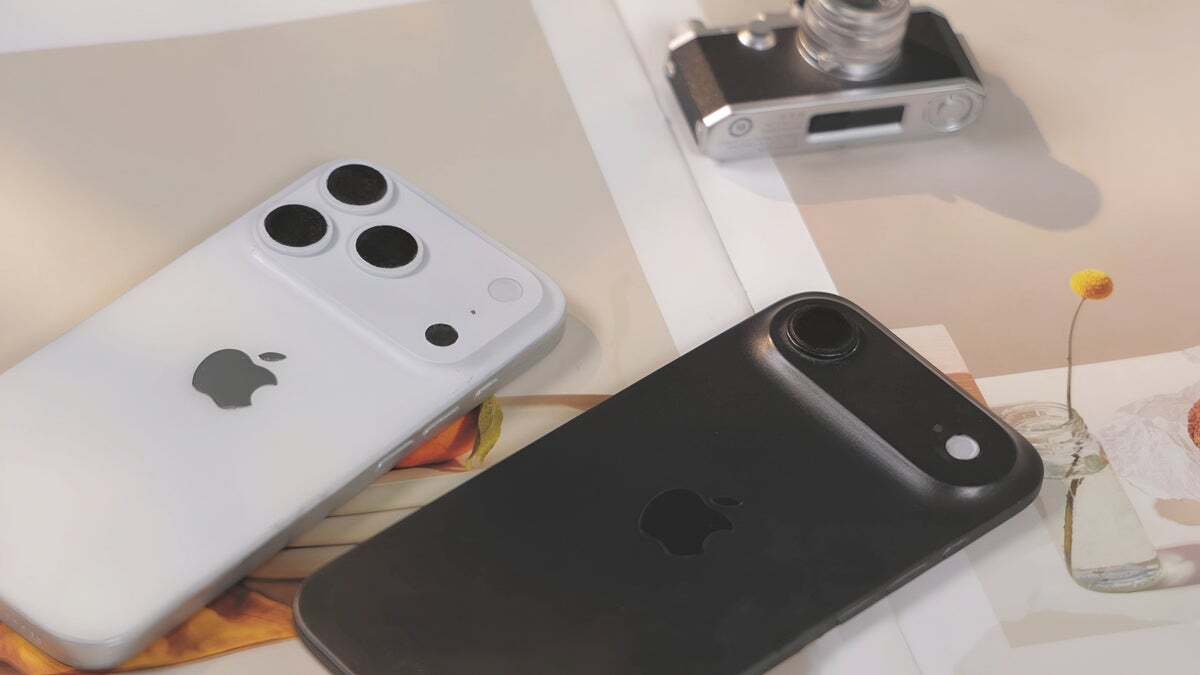
The iPhone 17 Air next to the iPhone 17 Pro | Image credit — Majin Bu
The iPhone 17 Air follows the same design philosophy the S25 Edge brought to the table, namely the ultra-thin design. To be fair, the first phone to kind of dip its toes into this idea was the Tecno Spark Slim. We saw it back in March during the MWC, and it was amazing with its 5.75 mm thickness.
Of course, it was just a concept device that never saw the light of day, but now Apple is aiming at 5.5 mm, and put into perspective (compared to the Tecno we held in our hands), this thing is gonna be thin!
If I have to resort to trusting my experience with ultra-thing foldables (under 5mm), 5.5mm is actually on the verge of being too thin.
Apple is also doing something interesting with the design — at least according to the latest leaked and rumored renders. The phone features a very distinct camera-bar-like section on its back, even though there's only a single main camera.
Another interesting thing is that the iPhone 17 Air will be a 6.9-inch device, meaning quite a substantial phone in width and height. This will contribute to a subjective feeling that the phone is even thinner than if it would've been more compact overall.
So, there are quite a few things Apple is doing differently from the S25 Edge. Let's quickly put those two side by side.
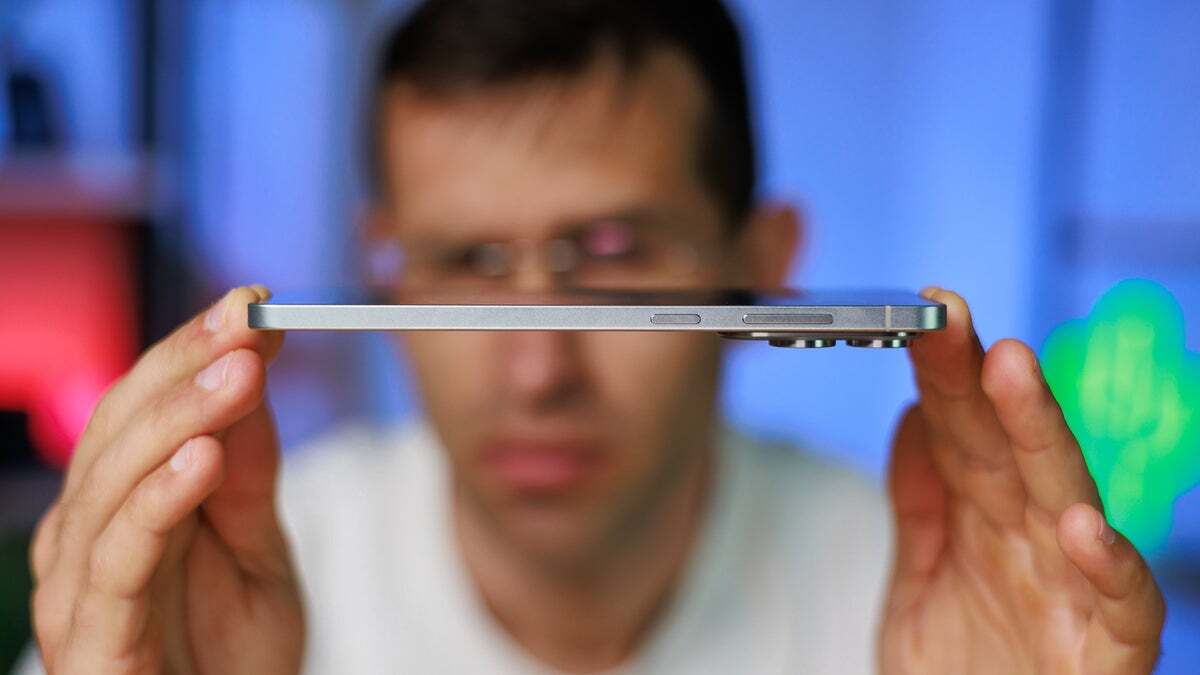
The S25 Edge is slim, but the iPhone 17 Air promises to be even slimmer | Image by PhoneArena
When it comes to the approach that Apple and Samsung have taken, respectively, there are some clear differences. You can check out the table below, but let's run through the pros and cons of each model compared side-by-side.
First of all, the iPhone 17 Air wins the display real estate race with its 6.9-inch screen that mimics the size of an
iPhone 16 Pro Max model. This will be an advantage for sure, as people seem to love big-screen phones, and it will contribute to the subjective feeling of thinness as well.
The 3mm difference in thickness might not sound and look like a lot, but if we convert this to percentage, the iPhone 17 Air will be 5% thinner than the S25 Edge and a whopping 40% thinner than an iPhone 16 Pro Max.
The camera setup boggles the mind, as the iPhone 17 Air looks like a true flagship through and through, except for the single main camera on its back. Has the
iPhone 16e influenced this particular choice? Most likely.
The battery is another talking point, as the iPhone 17 Air is expected to have a quite modest 2800 mAh cell on board, even though some sources claim it will be of the new silicon-carbon variety (check out our silicon-carbon explainer article for more detail).
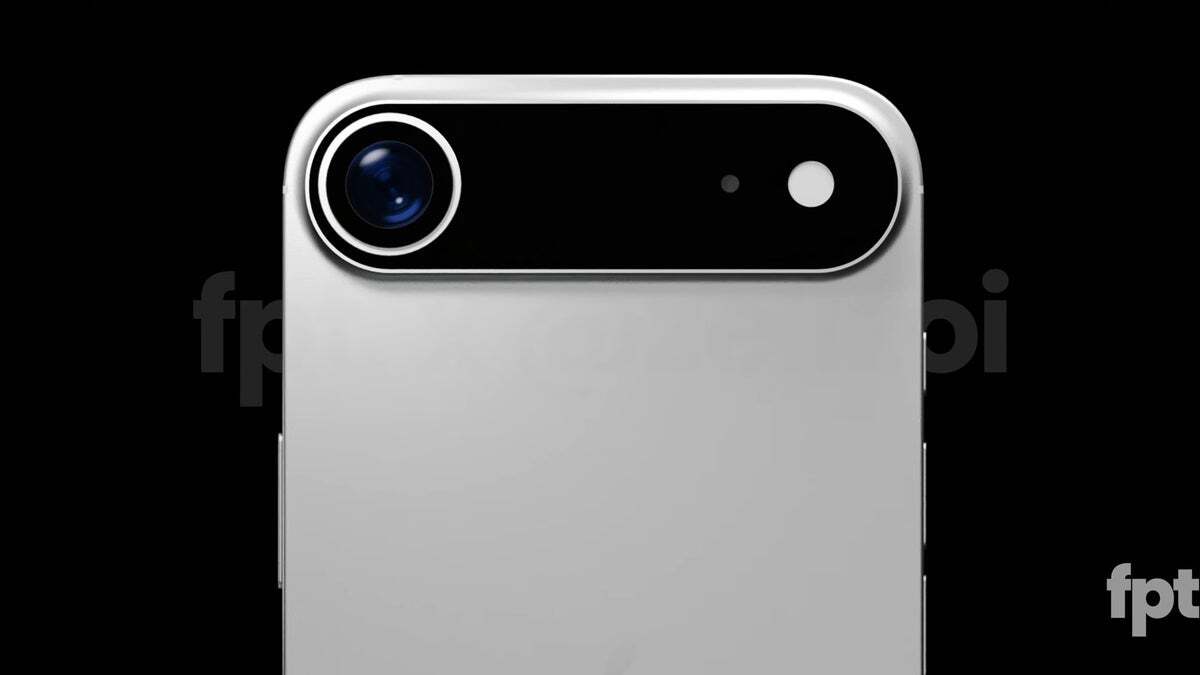
That's a distinctive look right there | Image by Majin Bu
We should bear in mind, though, that Apple devices are kind on their batteries due to optimization and other software magic, so 2800 mAh might not be that much of a problem. The
iPhone 13 Mini featured a 2438 mAh battery and did just fine; it wasn't spectacular, but it got people through one full day.
Finally, the price, which is a major factor, is expected to be slightly different. Apple will want to keep the iPhone 17 Air under the psychological $1000 threshold, and for a good reason. As innovative and cool-looking a device as the S25 Edge might be, the $1,100 price tag is viewed as steep by many people.
If Apple manages to pull this off and launch the Air for less than a grand, it might be a big deal. Speaking of pulling stunts off…
IPhone 17 Air* vs Galaxy S25 Edge main differences
* rumored specs
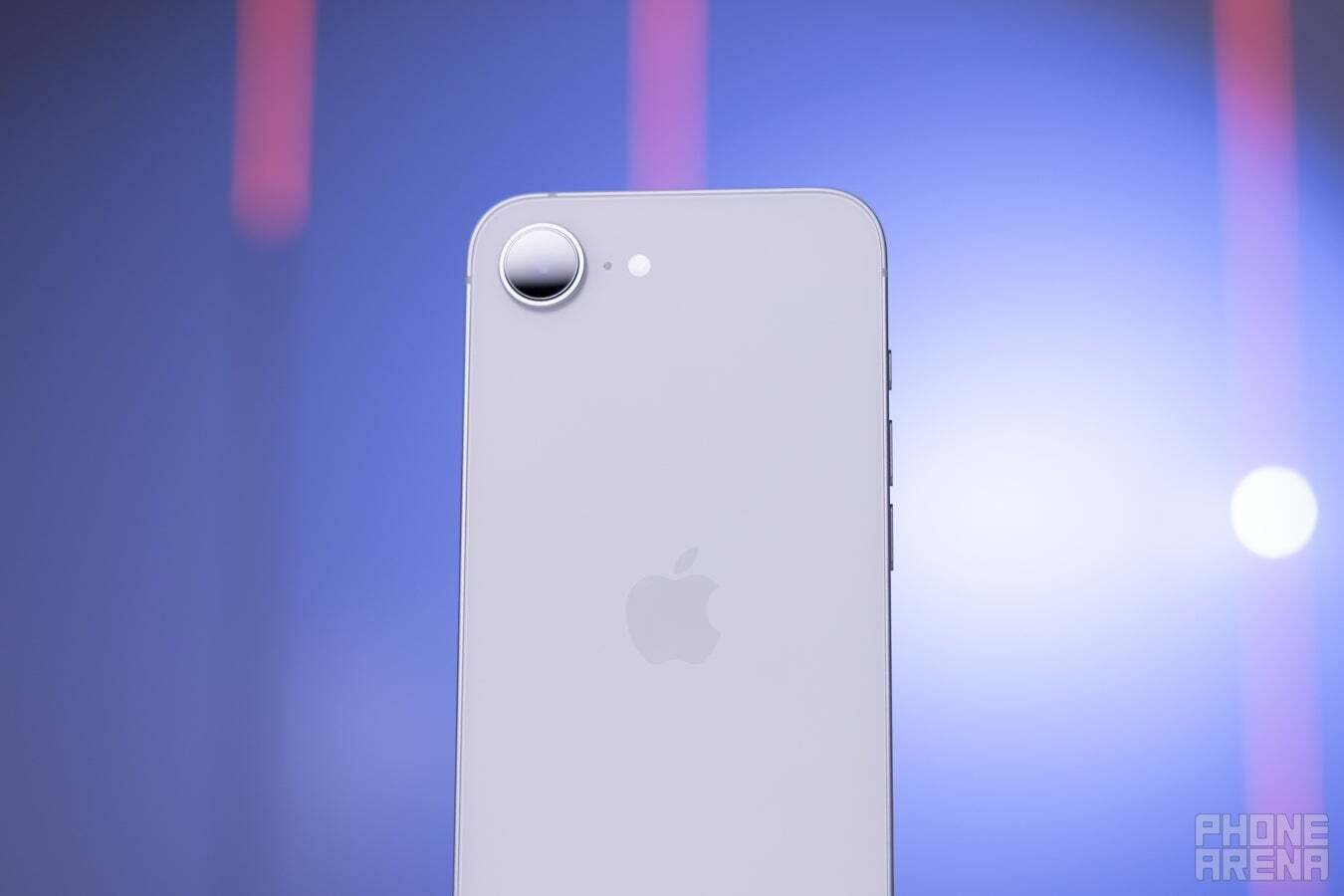
Apple managed to peddle the iPhone 16e and it sells well... surprisingly | Image by PhoneArena
Specs are specs, and sometimes people decide to buy or skip a gadget based on anything but logic. There's the Apple factor in play here, and I know this has been mulled over many times already, chewed, swallowed, and digested, but if anyone could pull off the thin flagship thing, it has to be Apple.
One small example is the iPhone 16e. This is a logic-defying device — it's neither cheap (which is the prerequisite for replacing the
iPhone SE) nor particularly thin or compact. There's little to no reason to get it in place of the vanilla
iPhone 16, and yet Apple went with it.
Primarily, the success of the iPhone 16 SE lies in the rebranding. Apple was able to sell an
iPhone 14 with one less camera and a modern chipset for $599, capitalizing on the new and mysterious "e" moniker.
This most likely will happen with the iPhone 17 Air. There are many more "real" things Apple could latch onto marketing the device than there were with the iPhone 16e as well.
Okay, we got it, you might be thinking to yourselves: “This guy is trying to peddle another Apple gadget; it's all rigged. Viva Apple, to hell with Samsung.” Not so fast!

Pay more for less? Maybe not... | Image by QuinceCreative
Well, the iPhone 17 Air is shaping up to be a more impressive device than the Galaxy S25 Edge. And it will probably sell better. But my honest opinion on both of these is that you should skip on the hype and go for a more conventional phone, or a foldable, for that matter.
I don't believe anyone in their right mind would be using either the S25 Edge or the iPhone 17 Air without a case. This, to a big extent, negates all the innovation and the wow factor of having a 5.5mm phone. Just like that (snaps fingers). Furthermore, in the end you're paying more to get less — less thickness, granted, but also smaller battery and fewer cameras.
I do believe these two are important in the grand scheme of things, and they will decide if we're headed in the direction of extremely thin phones (once again, it happened in the past a couple of times) or we're good with phones being as thick as they are now.
Who’s these phones for, then? The way I see it - tech enthusiasts, early adopters and brand loyalists. The average Android or iPhone consumer would probably decide to play it safe (and cheap) and get a more conventional model.
What do you think about it? Do you think the iPhone 17 Air will be better than the Galaxy S25 Edge, and would you buy one? Vote in the poll and share your thoughts in the comment section below.
Mariyan, a tech enthusiast with a background in Nuclear Physics and Journalism, brings a unique perspective to PhoneArena. His childhood curiosity for gadgets evolved into a professional passion for technology, leading him to the role of Editor-in-Chief at PCWorld Bulgaria before joining PhoneArena. Mariyan's interests range from mainstream Android and iPhone debates to fringe technologies like graphene batteries and nanotechnology. Off-duty, he enjoys playing his electric guitar, practicing Japanese, and revisiting his love for video games and Haruki Murakami's works.






